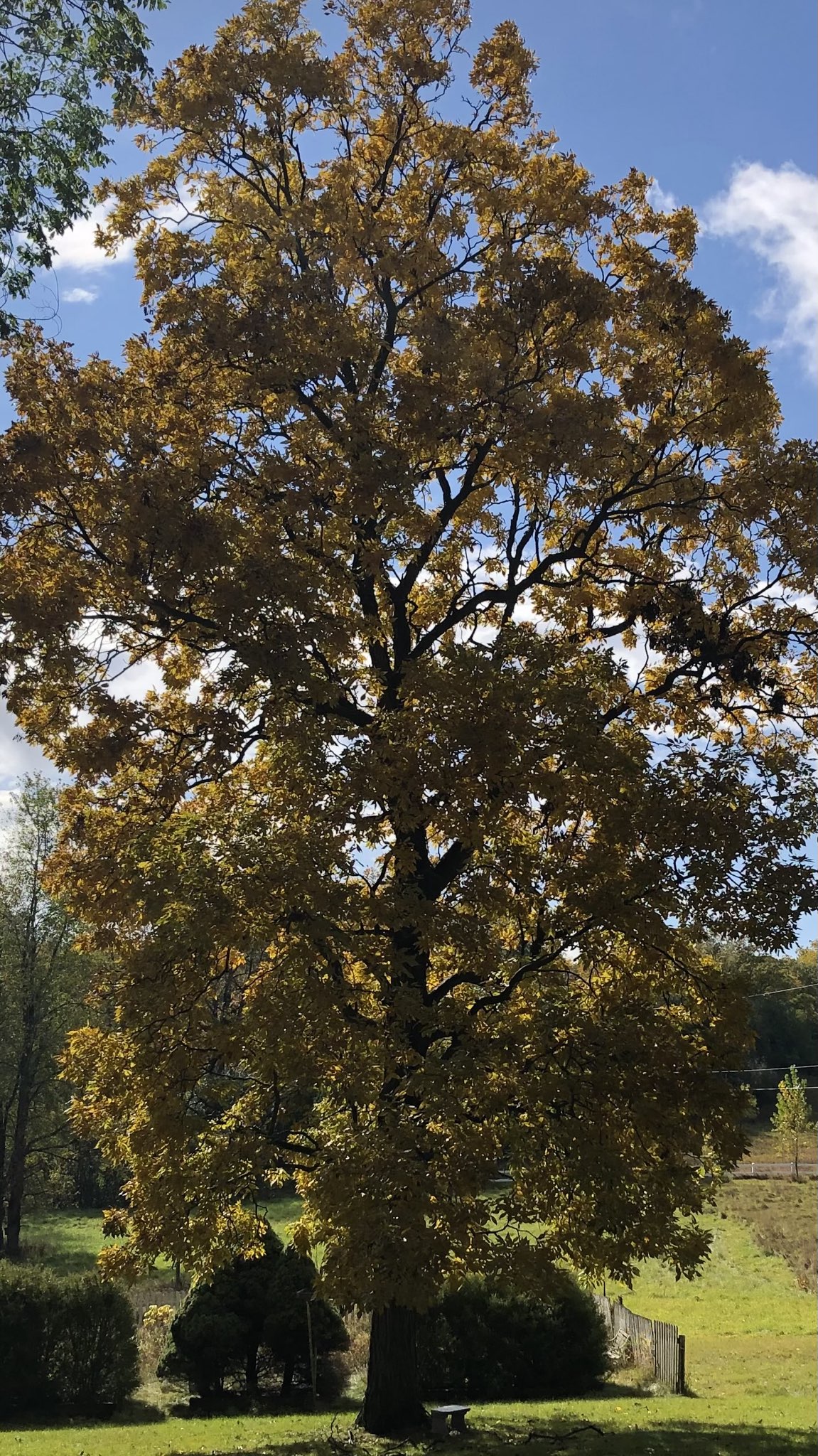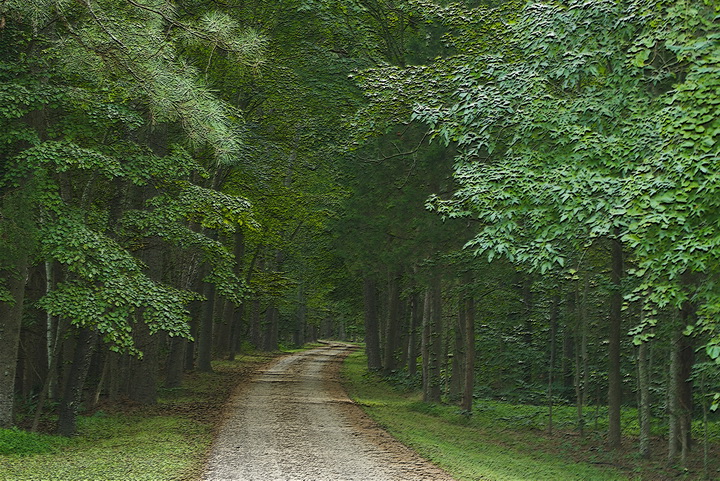There is an enormous old shaggy barked hickory at the bottom of the hill behind my farmhouse. That tree has provided joy and shelter to now four generations of my family and many more generations of squirrels and birds. It stands alone, tall and noble, tough as old Andrew Jackson, enduring long frigid winters and fleeting summers.
Watching it through the seasons each year reveals miracles of nature and lessons of life. In the spring, the hickory stands patiently waiting for just the right warm day. Then the moisture drawn from the earth into its vast root system begins to flow and the sap rises, inch by inch, up its immense trunk along its many branches and into the high broad reaches of its canopy. A marvel of architecture and hydraulics.
Little by little its beautiful leaves appear. They peep out usually in late spring as tiny yellow mouse ears when fear of frost has mostly passed, eventually turning a deep glossy green. The leaves are compound, elegant, consisting of many smaller leaves on one stem alternating in odd pairs with a leaf at the tip.
In years gone by the hickory had two friends nearby. One another tall and graceful hickory and the second a massive white oak. Those two trees lost their lives to lightening from violent summer thunderstorms sweeping across the prairies. Barely missing the barn walls, each fell, one summer and then the next, with a shocking crash and a thud that shook the ground and reverberated across more than an acre. But Andrew Jackson, my old hickory, stayed firm, tall and straight.
In the summer the hickory’s wide branches wave in wind cooling the air around it, the leaves rustle with the breezes and flutter with the wings of myriad birds. The crows love its height. They can watch the red tailed hawks from on high and send out their warnings, shrieking to all who will listen. Ants do their military marches up and down the trunk. Bees and butterflies hum and flitter around the yellow, catkin like flowers as they bloom. Fungi form on rotting fallen branches lying in the surrounding grass. Little marble colored weevils and occasionally stag beetles creep among the fungi.
Foxes stalk the tree’s base in early morning looking for foolish squirrels or careless rabbits. Flocks of wild turkeys gobble peacefully but warily by and deer rest in its shade on hot summer days. The tree is the lynchpin of an ecosystem for creatures large and small, winged and footed, it creates habitats to suit all manner of flora and fauna, including my family.
As summer passes the hickory nuts begin to fall and the leaves turn a deep, dark gold. Squirrels and chipmunks scurry around their cheeks fat with the treasure to be buried, hidden away, for winter sustenance. The nuts they’ve missed get shot around loudly like bullets as I mow the lawn. We take bits of the shaggy bark, soak it and use it to smoke fish and sausage for our winter stores, much like the squirrels.
When the leaves drop as cold weather approaches and the skies go grey, the old hickory reveals its great black bones. A massive skeleton sometimes cloaked with snow or glistening ice, it towers over us casting long shadows in the low sun of the Midwestern winter. That magnificent hickory. It asks so little, just some sun, soil and rain, and time to rest and refresh each winter, and then it gives us so much.
I pray that tree, that loved and venerated old tree, outlives me.
Continue reading →


